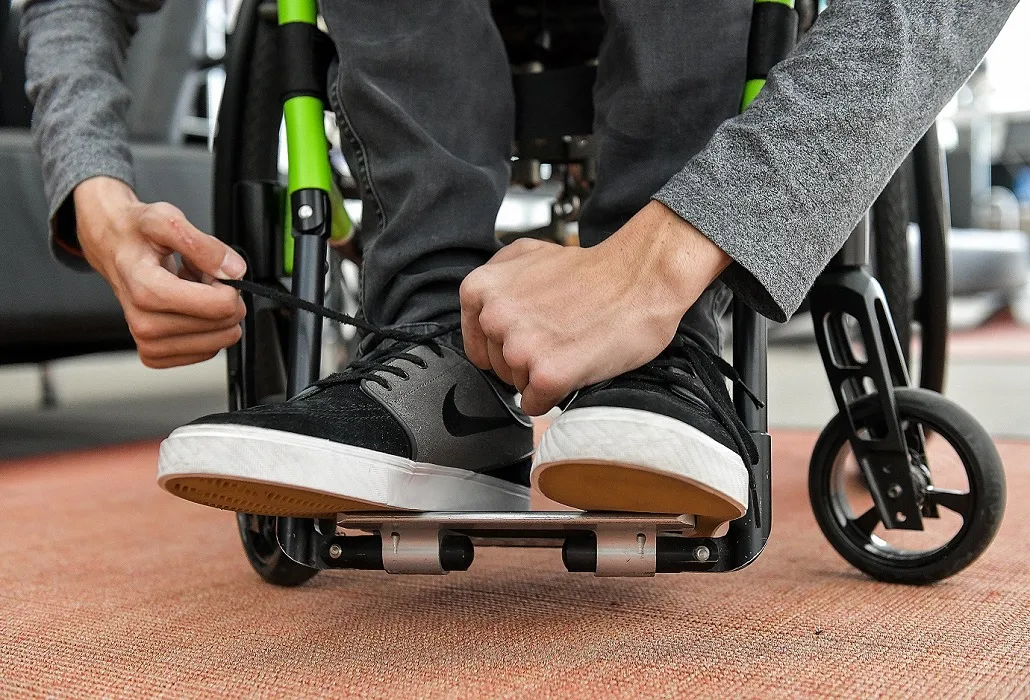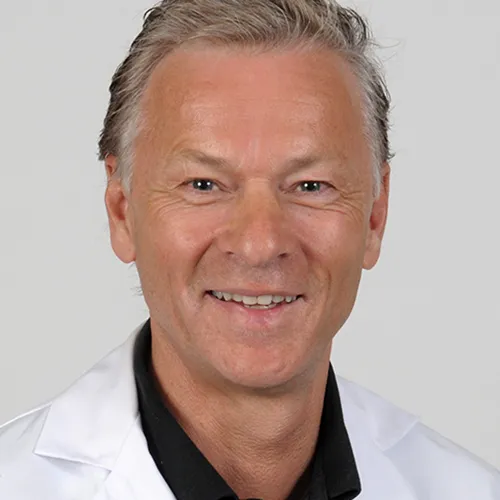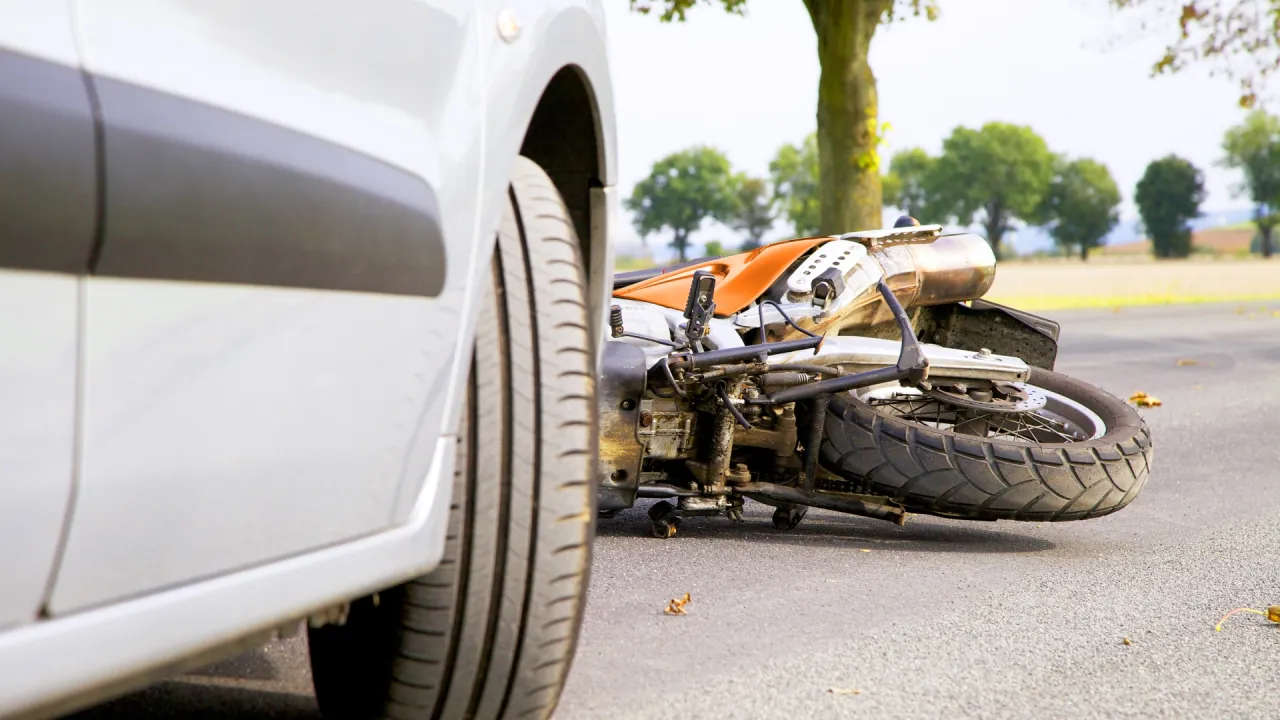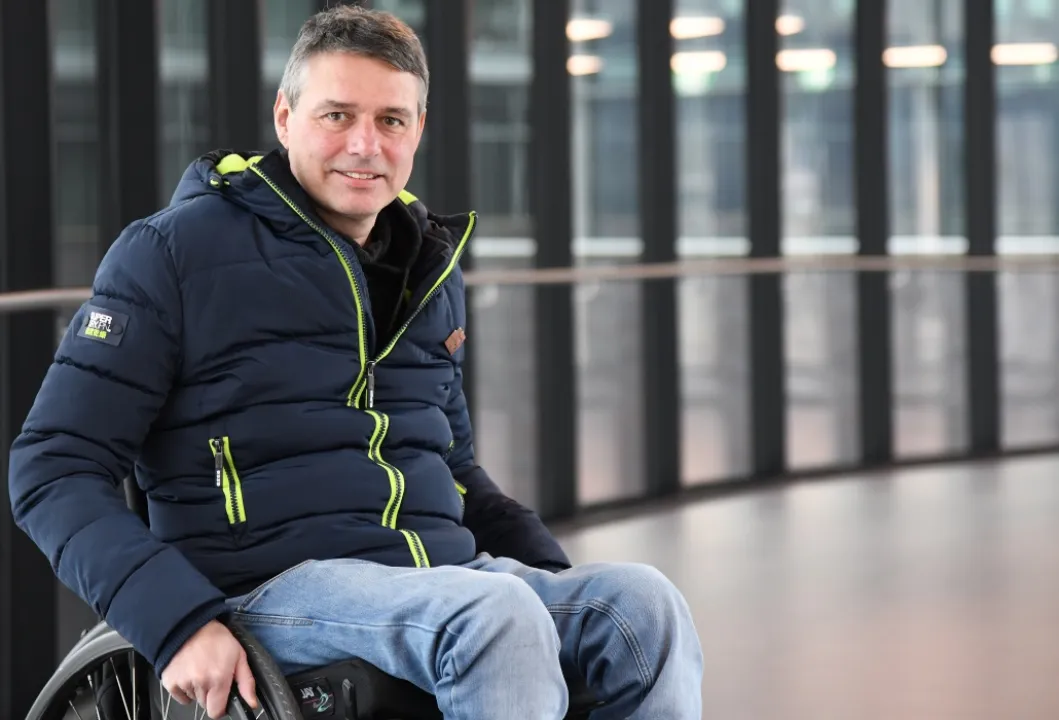Interview: Niels Jost, Neue Luzerner Zeitung
Publication: Neue Luzerner Zeitung, 12.11.2018
Jan Fridén is a sought-after man. He doesn't really have time for an interview, which is why the date is set several weeks in advance. It is therefore surprising when the hand surgeon arrives for our meeting at the Swiss Paraplegic Centre (SPC) in Nottwil dressed casually in a T-shirt, tracksuit trousers, and slippers. Dr. Fridén looks charismatic and relaxed, yet his eyes are focussed. The Swede explains that he has come straight from the operating table and that colleagues from the Department of Hand and Tetrahand Surgery have now taken over.
Although Jan Fridén speaks good German and even a little Swiss German, we speak in English. This makes it easier for him to explain how it is possible for patients with tetraplegia to move their arms and hands again to a limited degree – and why every fifth patient decides against surgery of this kind.
Jan Fridén, you are seen as an authority on Tetrahand surgery and have performed about 1200 hand reconstructions on patients with spinal cord injuries. There are only about 30 surgeons around the world who can do this - even though the method has been known since the 1970s.
At that time, too little attention was paid to the method. It was only about ten years ago that nerve transfer technology was taken up again – and it has since been consistently further developed. My technique is unique in that, with just one procedure, we can enable patients to open and close their fingers without using the original muscles or tendons. We achieve this by transposing muscles or nerves to a new position.
Irrespective of whether this is due to an accident, a disease or an infection, we are able to restore all or some of the functions of the hand.
Which patients do you and your six-person team look after at the SPC?
We mainly deal with patients with spinal cord injuries, but also patients with brain injuries. These are patients who have no or limited arm and hand functions. Irrespective of whether this is due to an accident, a disease or an infection, we are able to restore all or some of the functions of the hand. There are three surgical methods: we transpose either muscles, tendons or nerves, and join them together again.
How does that work?
The method we use depends on the level of spinal cord damage. If the paralysis is relatively low, a muscle transfer is a possibility. This is where we transpose an intact muscle from the upper or lower arm to a location where it can take on central functions such as bending the fingers or closing and opening the fist.
So, does that mean that the muscles in tetraplegic patients are paralysed but still intact?
The muscles are fully functional. All they need is an impulse. To achieve this, we cut out an intact nerve and transfer it onto the nerve that isn't functioning. The nerve then starts to grow again - up to one millimetre a day! We ensure that the growing nerve finds the target muscle, which in turn makes the above-mentioned hand functions possible.
The interview is interrupted by Dr Fridén's mobile ringing. “That’s the operating theatre, I need to take it”, he explains. After giving some advice over the phone, he turns his attention back to the interview, but says: “I need to be back in the operating theatre in half an hour. Is that OK?”


The interview is interrupted by Dr Fridén's mobile ringing. “That’s the operating theatre, I need to take it”, he explains. After giving some advice over the phone, he turns his attention back to the interview, but says: “I need to be back in the operating theatre in half an hour. Is that OK?”
How long does an operation of this kind take?
Five to six hours. But that isn't the end of it.
What do you mean?
After this complicated operation, patients need to stay at the SPC for up to three months and then continue training as an outpatient for several months, which means leaving home and returning to the clinic. This is the main reason why about every fifth patient declines surgery.
How long does the rehabilitation process take?
Patients need to relearn all their arm and hand functions from scratch. This can take up to 12 months and is hard work. Even simple everyday actions involve extremely complex movements. If you want to lift a glass, for example, you first need to be able to stretch your arm, then open your hand, hold the glass with sufficient pressure, and then finally put the glass down again. That requires a great deal of timing and balance.
Is your method always successful?
If somebody is unwilling to commit themselves to the learning process, surgery will not help. However, before any procedure, we perform tests and provide a prognosis of which functions the patient will be able to achieve. Although regaining 100 per cent of abilities is virtually impossible, we will always improve the situation.
What does that mean?
If you can move your hands again, you regain a great deal of quality of life: whether by being able to shake somebody's hand, give somebody a hug, or communicate, for example using a mobile. It also enables patients to move their wheelchairs themselves. Procedures of this kind change the whole life of patients and those around them. This is what motivates me to go to work every single day.
Procedures of this kind change the whole life of patients and those around them. This is what motivates me to go to work every single day.
Does the health insurance pay for this procedure?
Yes, but we have to show the insurance companies exactly which functions the patient will regain. However, if somebody can get himself or herself dressed independently, this takes pressure off the healthcare system in the long term.
There were recent media reports of a patient with a spinal cord injury who was able to walk again thanks to therapy at the ETH. Would that also be possible with your method?
No. Legs bear the weight of the whole body. We are currently not in a position to reanimate that amount of muscle mass using muscle or nerve transfer techniques.
Nevertheless, there don't seem to be any limits to modern medicine. How far will this go? Do ethical principles also play a part in your work?
Of course they do. But the question I ask myself tends to be: “How can I provide access to modern methods of this kind to as many people as possible?” These methods are only available in about 15 countries around the world. It would be good if that number were much higher.
You have only been at the SPC since 2011. Prior to that you were Head of the Centre for Tetrahand Surgery at the University of Gothenburg in your home country. Why did you move to Nottwil?
The centre of competence with the Department of Hand Surgery in Nottwil is one of a kind in Europe. Our team consists not only of surgeons, but also of physiotherapists, occupational therapists, a researcher, and PhD students.
The interview is over after 60 minutes. Dr Fridén only has 5 minutes for the photo shoot. “Then I have to get back to the operating theatre.”
Jan Fridén of Sweden has worked at the Swiss Paraplegic Centre in Nottwil since 2011; he has been Head of Hand Surgery for two-and-a-half years. In August 2018 he organised the Tetrahand World Congress in Nottwil, and has also published more than 200 articles in specialist journals.

Prof. Dr. med. Jan Fridén
Publications
This could be of interest as well:
Weitere Beiträge
Weitere Beiträge
Werden Sie jetzt Mitglied und erhalten Sie im Ernstfall 250 000 Franken.
Spenden Sie jetzt und unterstützen Sie unsere Projekte zugunsten von Querschnittgelähmten.

